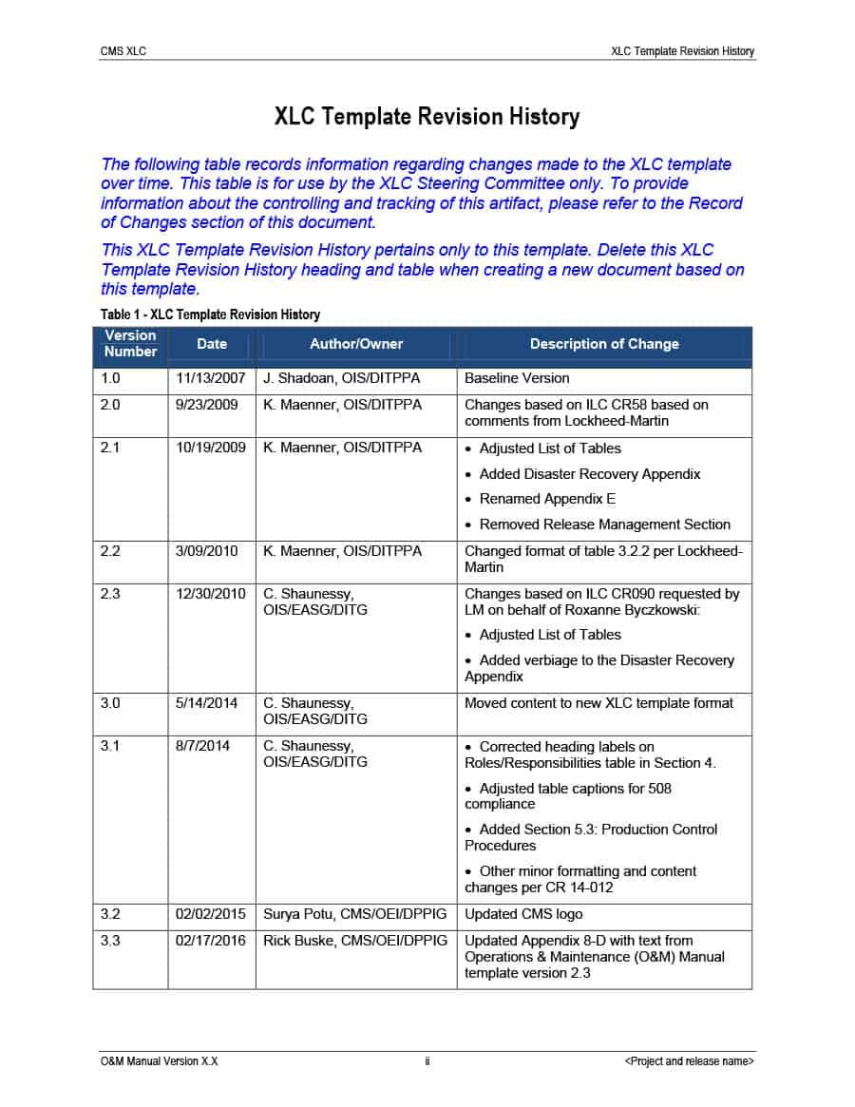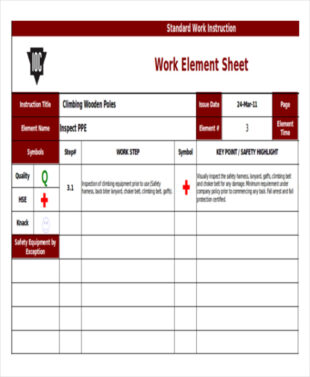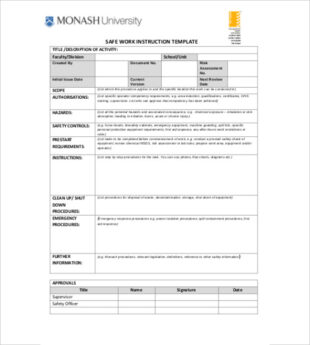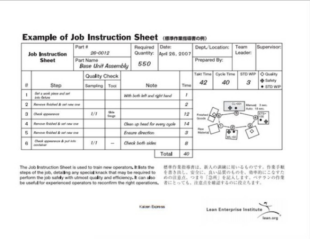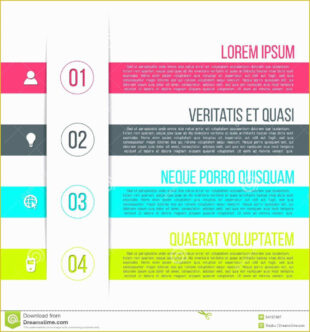Step by step work instruction template.Instruction templates are an vital part of efficient communication and functional effectiveness in various domain names. These structured guidelines use a standard format for communicating intricate information plainly and regularly. Whether in educational settings, company atmospheres, or technological areas, instruction templates function as a bridge in between the maker of the details and completion individual, facilitating a smooth understanding and implementation of jobs.
At their core, instruction templates are made to offer a consistent framework for communicating details. This standardization is essential in scenarios where accuracy and consistency are essential. For instance, in educational settings, trainers use layouts to describe lesson plans, tasks, and rating rubrics. These design templates not just aid teachers organize their thoughts yet likewise offer students with a clear understanding of what is expected, consequently enhancing their capability to adhere to directions and satisfy academic objectives.
In instructional contexts, instruction templates are invaluable tools for educators and pupils alike. For educators, these layouts can outline lesson plans, project guidelines, and job details in a manner that is understandable and adhere to. This not just assists in maintaining consistency across various courses and topics but additionally makes certain that students have a clear understanding of what is expected of them. For pupils, instruction templates give a roadmap for completing projects and projects, helping them to arrange their work and meet due dates efficiently.
The benefits of instruction templates prolong past simple consistency. They also contribute to effectiveness by conserving time and minimizing the requirement for recurring descriptions. When a design template remains in place, users can simply complete the certain information relevant to their circumstance, rather than starting from scratch each time. This technique not only quickens the procedure but additionally allows for the production of more thorough and thorough instructions, as the template guides individuals via all the required components.
Additionally, instruction templates play a crucial duty in enhancing clearness. In complex or technological areas, clear interaction is vital to stay clear of misunderstandings and mistakes. Design templates aid break down detailed procedures right into convenient actions, making it less complicated for individuals to comply with along. By supplying a organized style, these templates guarantee that all essential info is consisted of and presented in a logical order, thereby reducing the likelihood of complication.
In addition to improving interaction, instruction templates sustain accessibility. By sticking to a organized format, these design templates make it less complicated for diverse audiences to recognize and comply with instructions. This is specifically crucial for customers with varying degrees of know-how or those that may have various learning choices. Layouts can be developed with comprehensive elements, such as visual aids or simplified language, to suit a more comprehensive range of needs.
In addition, instruction templates add to much better quality assurance. When utilizing a standardized design template, there is a lowered threat of omitting important details or differing developed protocols. This uniformity aids keep high criteria and makes sure that all required actions are included, which can be particularly vital in controlled markets where conformity with details guidelines is mandatory.
The impact of instruction templates expands beyond their prompt utility. They add to a wider culture of performance and professionalism and reliability. By standardizing layouts and processes, templates advertise best techniques and ensure that details exists in a clear and available fashion. This standardization not just enhances interaction yet additionally cultivates a feeling of professionalism and attention to detail.
Regardless of their numerous benefits, instruction templates are not without their obstacles. It is essential to ensure that layouts are frequently assessed and updated to show adjustments in treatments or details. Obsolete themes can bring about complication and errors, undermining the very objective they are implied to serve. Additionally, while design templates supply a structured method, they need to additionally enable adaptability to suit one-of-a-kind or complex circumstances that might not fit neatly into a predefined format.
In conclusion, instruction templates are effective devices that simplify performance, improve clarity, and add to total success throughout various areas. By giving a organized and standardized method to interaction, they make certain that important info is conveyed precisely and efficiently. Whether in education and learning, business setups, or imaginative industries, making use of instruction templates can result in enhanced efficiency, reduced mistakes, and a much more orderly and professional atmosphere. As we continue to browse an ever-evolving landscape, the role of instruction templates in helping with clear and effective communication stays as appropriate as ever before.

